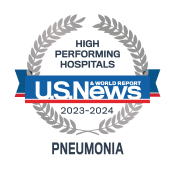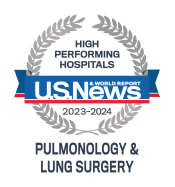Acute Lung Injury Research
Interaction between pathogens:
Dr. Hasday and Dr. Rose Viscardi (Pediatrics, Neonatology) have studied how the commensal microorganism, Ureaplasma urealyticum, alters cytokine gene expression and the pulmonary innate immune environment, thereby altering host response to a second bacterial infection.
Ureaplasma urealyticum colonizes the genital tract of 50% of mothers who deliver prematurely, identifying it as a potentially huge (and unrecognized) health problem. This finding may lead to practice changing clinical research aimed at eradicating the organism from high risk mothers.
Effects of fever:
The work in Dr. Hasday's laboratory had demonstrated that fever augments lung injury. The association between fever and increased lung injury was previously unrecognized, but identifies an important and easily regulated risk factor for decreasing risk of acute lung injury. A potentially practice-changing study of fever control in patients at-risk for acute lung injury is in the planning stages.
Regulation of endothelial barrier function:
Dr. Simeon Goldblum's laboratory is focused on elucidating the mechanisms that regulate the pulmonary vascular endothelial barrier to macromolecules and inflammatory cells.
He has focused on the role of tyrosine phosphorylation events in this process. These studies will not only identify the mechanisms that maintain vascular endothelial homeostasis, but also identify how perturbations in this state, as occurs in acute lung injury, lead to endothelial leak and enhanced recruitment of inflammatory cells.


